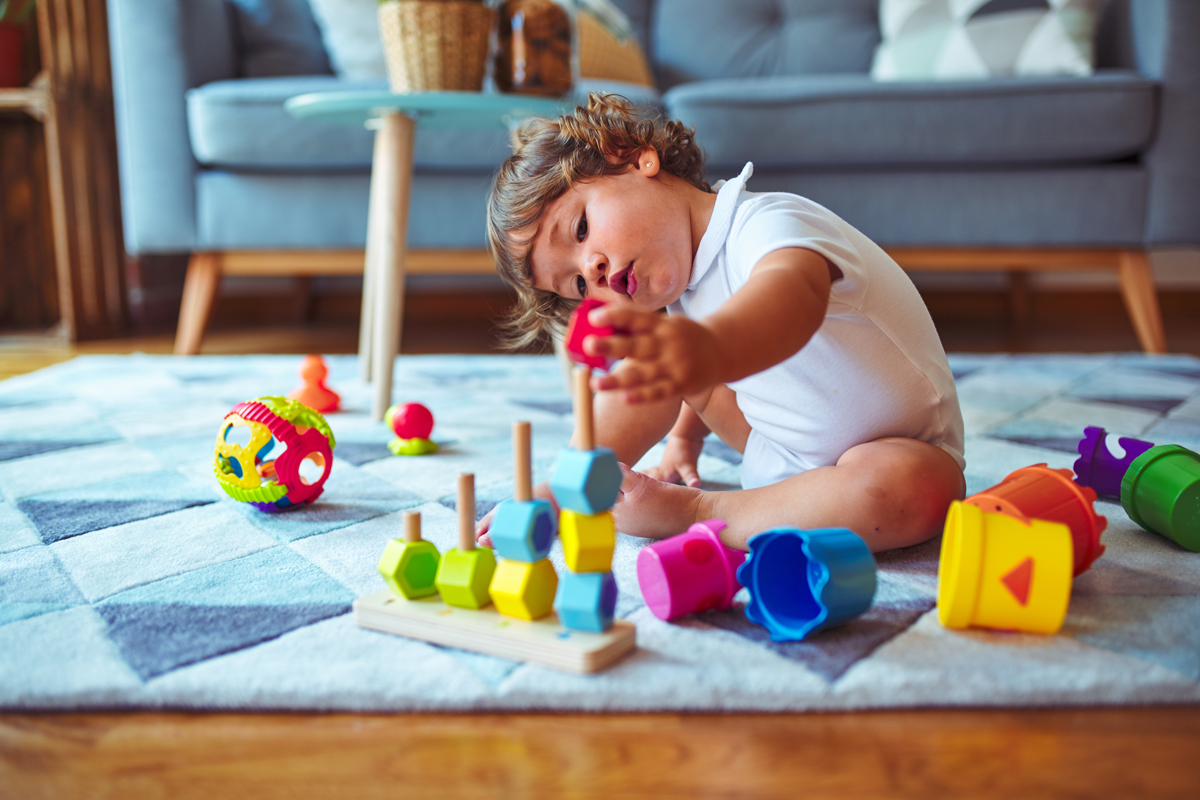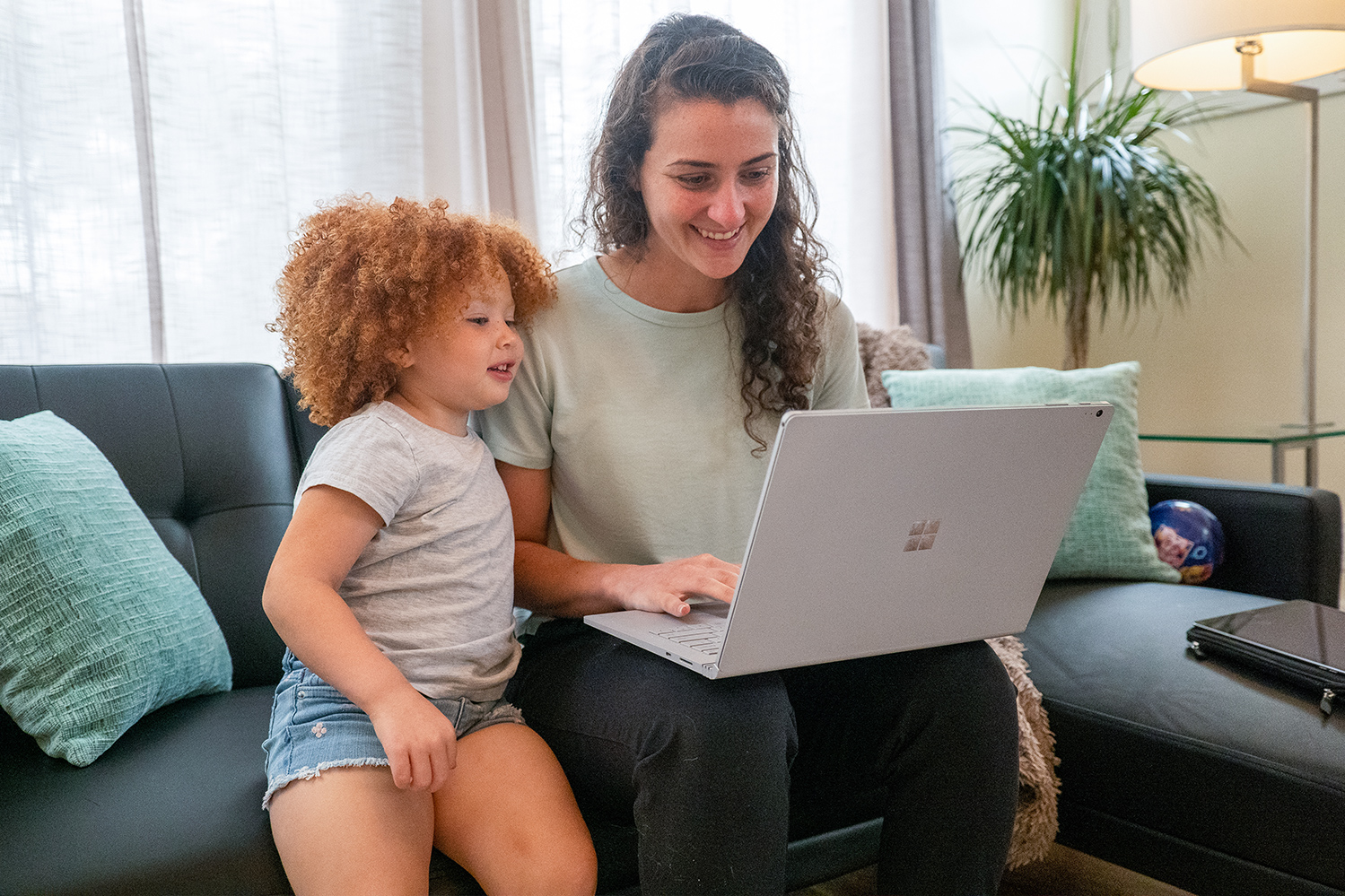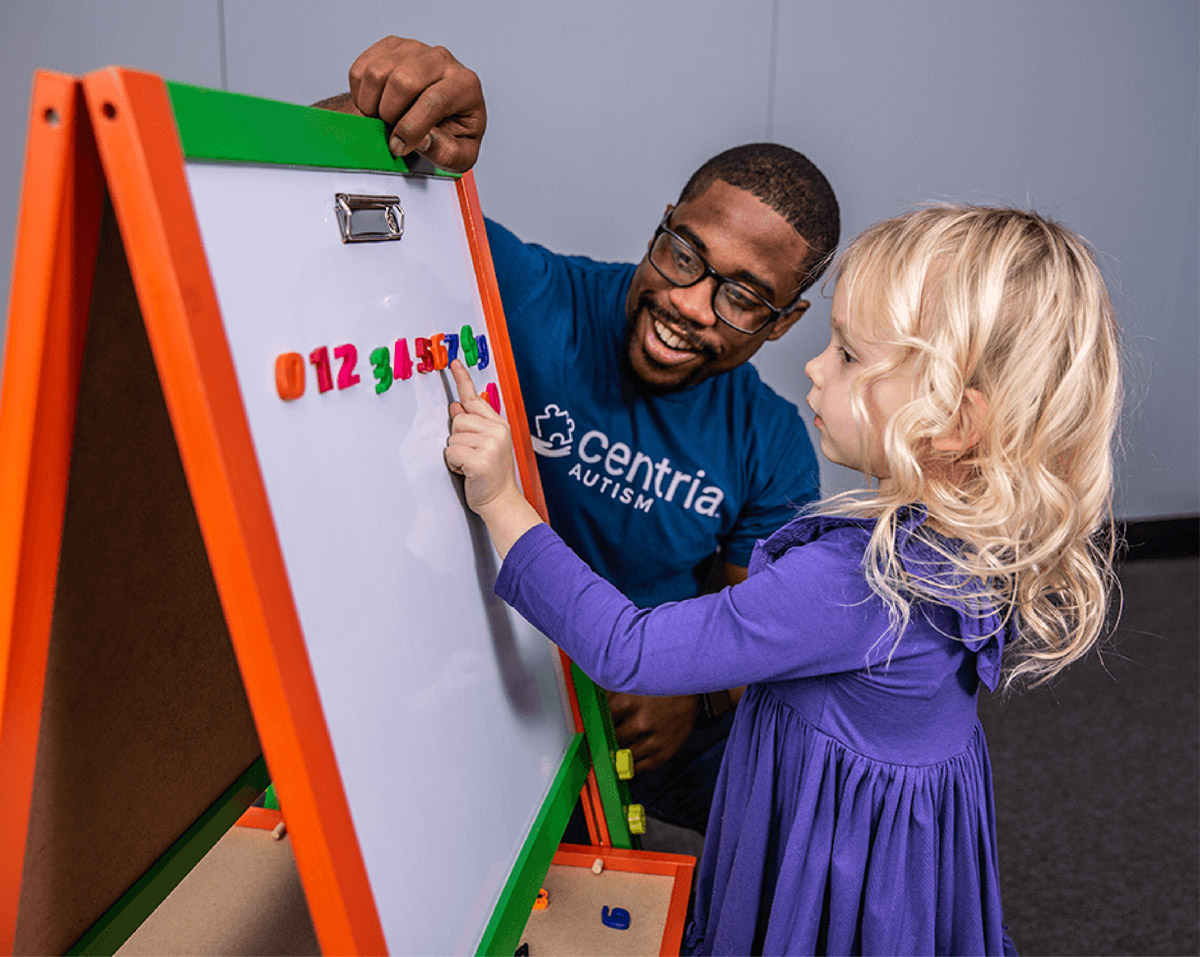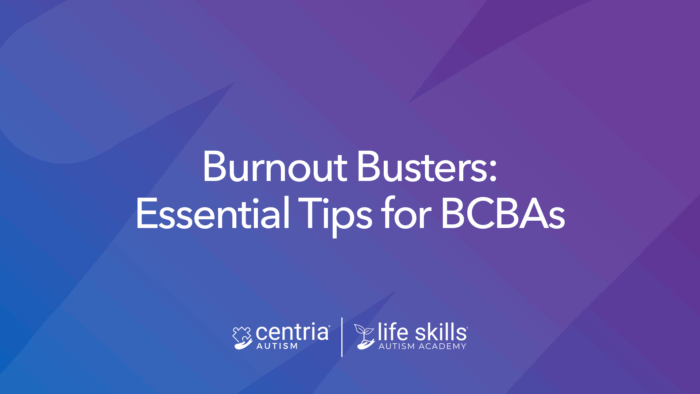Have you ever struggled with getting your child ready and to school on time in the morning? Or maybe you’ve had a hard time getting your child to go to bed at night? A consistent daily routine might be a missing piece of your daily life that could help make your household run more smoothly – and with less stress – for everyone in your family!
Our days are full of routines – even if we don’t always realize it. We often follow the same steps to get ready for our day, eat dinner, and go to bed. While routines vary in complexity and spontaneity, routines can help a day run smoothly. They also help our children feel safe, lower stress for the whole family, and create opportunities for learning. A routine can be one of your most powerful parenting tools.
Why Do Routines Matter for Children With Autism?
For autistic children, the world can sometimes feel unpredictable or overwhelming due to spontaneous changes, loud sounds and other disruptive environmental stimuli. Routines can help to create structure and predictability, which help children feel safer, calmer, and more focused.
Well-supported routines can:
- Let children know what’s coming next
- Help transitions (like from playtime to mealtime) go more smoothly
- Support better communication and interactions with family members
- Provide repeated chances to practice important skills
- Create opportunities to build independence
Creating predictable and reasonable routines can be a winning move for your family. When a child does something the same way each day, it becomes easier to remember and do again – repetition helps learning stick! And once a skill is learned in one setting, routines can help your child use that skill in new settings, too.
Steps to Teaching a New Routine
Creating a new routine or improving an existing routine doesn’t have to feel overwhelming. Use this step-by-step guide to build routines that truly support learning and reduce stress.
1. Know What You Want to Achieve
Determine why you want to start or improve this routine:
- What absolutely has to happen? (things you can’t skip)
- What else would you like to happen? (things that are “nice to have”)
2. Look at What’s Already Happening
Observe the current routine – even if it’s messy:
- What’s already working?
- Keep these pieces in place! Note the reasons for success and see if you can apply these strategies to other steps in need of more support.
- Which components fall apart?
- Are there any steps in your routine that need some more help – for example, more clarity, easier-to-use supplies, or better feedback? Adjust these steps to improve success.
3. Design Your Ideal Routine
List out the steps you want to see. Keep them clear, simple, and consistent. Include the non-negotiables and add the nice-to-haves when you can.
For autistic children, clarity and repetition are keys to learning – so it’s best to spell out steps in the same order each time.
4. Plan for Real Life
Things won’t always go as planned, and that’s okay. Think ahead:
- Can you prevent problems by adjusting the space (for example, putting snacks within reach, minimizing distractions)?
- How will you ensure that expectations are clear?
- Do you need visual supports (pictures, schedules, timers)?
- Do you need a way to communicate unexpected changes in the routine if/when they arise (for example, a picture of a question mark, a gesture, a phrase to signal the unexpected change)
- How can other family members support the routine?
Autistic children benefit from environments and expectations that feel safe and predictable.
5. Teach Missing Skills
Sometimes routines break down because a child doesn’t yet have a skill they need. Identify what’s missing:
- Does your child need help learning how to start the routine?
- Do they need practice finishing a task?
- Do any of the challenging steps need extra help?
- Should these skills be taught during the routine, outside of it, or both?
Break tasks into small, teachable steps. Use prompts, modeling, and encouragement.
6. Use Reinforcement and Feedback
Celebrate successes – big or small.
- What will help motivate your child (stickers, praise, extra playtime?)
- When will you give feedback—during the routine, after the routine, or both?
- Tips for providing feedback:
- Be specific – for example, “Yes, the shirts go in the top drawer!” (while putting away clean clothes)
- Use a calm tone of voice when offering constructive feedback
- Give feedback in a timely manner – as close as you can following the behavior
- Tips for delivering reinforcers:
- Ensure it’s meaningful for the child, not just convenient for adults
- Deliver it as immediately as possible following the desired behavior
- Pull back on reinforcer delivery once the behavior is established – use reinforcers for newer, more challenging steps!
Encouraging feedback helps make routines feel safe and rewarding – not stressful or confusing.
7. Track Progress and Adjust as Needed
Don’t panic after one hard day. Look for patterns and adjust thoughtfully.
- Keep notes or simple data (like tally marks or checklists), then use your notes and data to guide your teaching strategy. This is important for maintaining objectivity and problem-solving!
- Be flexible, but consistent.
- Ask: Is this working for my child and my family?
How Routines Build Learning
When routines are consistent, your child isn’t just “getting through” the day – they’re learning:
- How to transition calmly
- How to follow steps in order
- How to be more independent
- How to communicate during shared tasks
- How to use new skills in everyday life
When the routine is built with care, each step within it becomes a learning opportunity.
Progress Over Perfection
Pick one routine that’s been a challenge, and work with your BCBA to walk through the steps above. It might be just the shift that both you and your child need to feel more supported.
No routine is perfect every time. But with a little structure, some thoughtful planning, and support along the way, your routines can help your autistic child – and your family – grow, learn, and thrive.
About the Author
This blog was written by Holly Almon, M.S., BCBA, LBA. Holly has worked in the field of behavior analysis since 1996, developing extensive expertise in applied behavior analysis, precision teaching, clinical decision-making, family systems intervention, systems thinking, and performance and process improvement. Her professional experience includes a strong focus on assent-based practices and collaborative work with families. Throughout her career, she has benefited from mentorship and coaching from leading experts in the field, which has helped shape her practice and leadership approach.
In her current role as Director of Clinical Development and Performance at Centria, Holly applies performance improvement and organizational behavior management (OBM) principles to build infrastructure and design and implement sustainable systems to enhance clinical quality and staff performance. Her work is centered on driving meaningful outcomes through evidence-based practices, collaborative engagement, and accomplishment-focused performance strategies.





